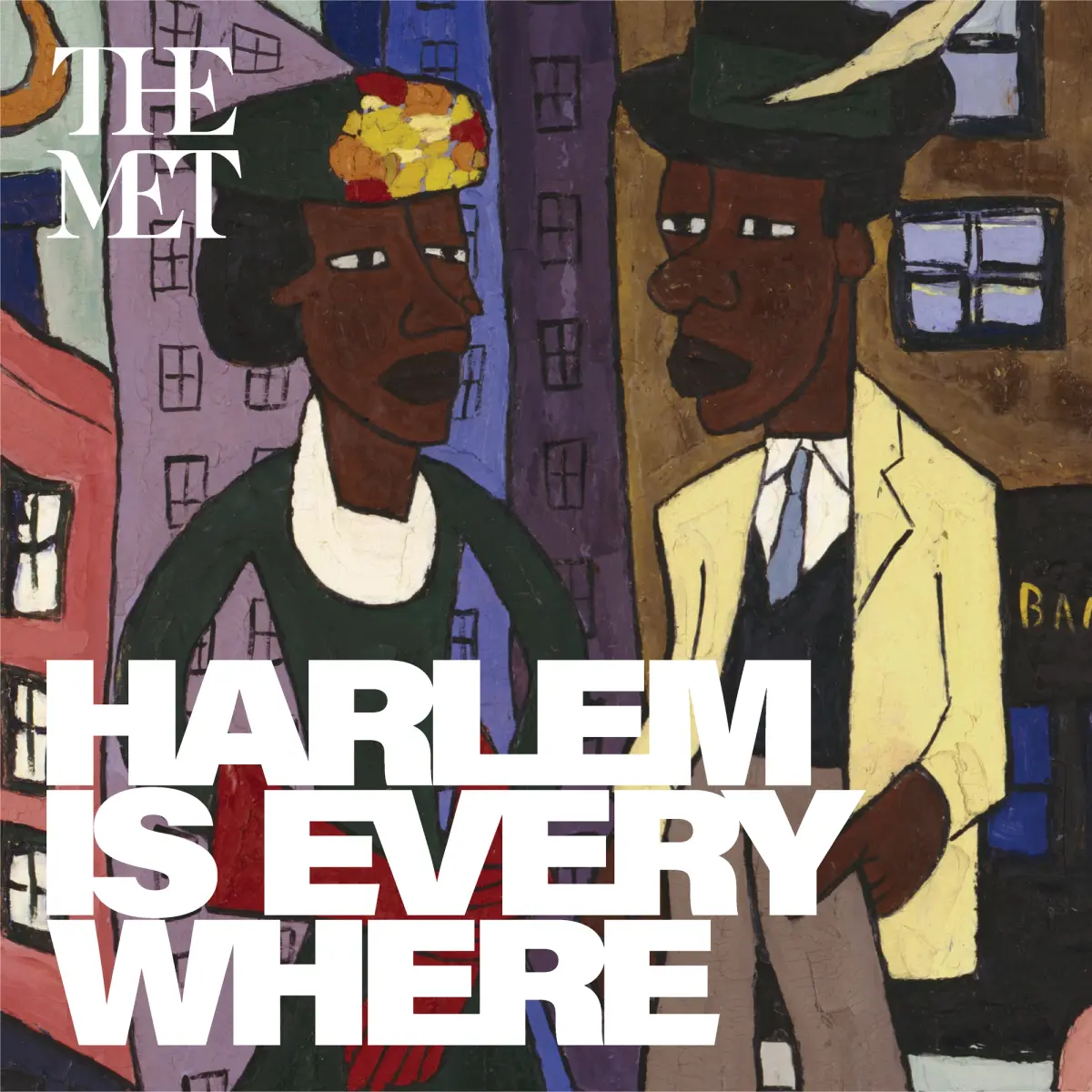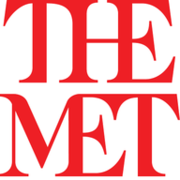The Harlem Renaissance and Transatlantic Modernism at the Metropolitan Museum of Art

About the Exhibit
February 25–July 28, 2024
Upcoming at The Met Fifth Avenue, The Iris and B. Gerald Cantor Gallery for Special Exhibitions
The Harlem Renaissance, a pivotal moment in American cultural history, and its connection with Transatlantic Modernism represent a rich tapestry of artistic, literary, and intellectual movement that resonated beyond the shores of the United States to influence the global art scene. This era, primarily spanning the 1920s and 1930s, marked a period of vibrant African American cultural expression centered in Harlem, New York City, and intertwined with the broader currents of Modernism that swept through Europe and America. The Metropolitan Museum of Art, a venerable institution in the heart of New York, provides a unique vantage point to explore this fascinating intersection through its diverse collection and exhibitions.
The Intersection of Cultures
The Harlem Renaissance was more than just an American cultural phenomenon; it was part of the more significant Modernist movement that sought to break away from traditional forms of expression and embrace new, innovative approaches to art, literature, and music. Artists of the Harlem Renaissance, such as Aaron Douglas, Archibald Motley, and Augusta Savage, drew inspiration from African heritage and contemporary European artistic movements, creating works that reflected the complexities of African American identity and experiences.
On the other hand, Transatlantic Modernism was a broader cultural movement that included artists and intellectuals from Europe and America experimenting with new styles and techniques, challenging existing conventions. Figures such as Pablo Picasso, Marcel Duchamp, and Georgia O'Keeffe were part of this wave, pushing the boundaries of what art could represent and how it could be interpreted.
With its vast collection, the Metropolitan Museum of Art showcases the dialogues between these movements. Through its galleries, visitors can witness the convergence of African American artistry with European avant-garde practices, illustrating how the Harlem Renaissance was both a distinct cultural moment and a critical part of the larger Modernist tapestry.
Exhibitions and Collections
The Met periodically hosts exhibitions highlighting the Harlem Renaissance and its connections to Transatlantic Modernism. These exhibitions offer a comprehensive look at the period, featuring paintings, sculptures, photographs, and manuscripts that narrate this vibrant era's story. Additionally, the museum's permanent collection includes works by key figures of the Harlem Renaissance and Modernist artists, allowing for a year-round exploration of this cultural synergy.
One of the key takeaways from visiting these exhibitions or exploring the relevant collections at The Met is the recognition of the Harlem Renaissance's significant contribution to American art and culture and its lasting influence on global Modernism. The movement provided a platform for African American artists to express their unique perspectives and experiences and played a crucial role in the development of Modern art across the Atlantic.
The Harlem Renaissance and Transatlantic Modernism at the Metropolitan Museum of Art offer a fascinating lens through which to view the interplay of cultural, artistic, and intellectual movements that shaped the early 20th century. This intersection highlights the importance of cross-cultural exchange and the universal quest for new modes of expression. For Uristocrats and art enthusiasts, visiting The Met to explore this confluence is not just a journey through art history but a profound engagement with the narratives that continue to influence contemporary culture and artistry.

Harlem Is Everywhere Podcast
Introducing Harlem Is Everywhere, a brand new podcast from The Met. Hear how music, fashion, literature, and art helped shape a modern Black identity.
Presented alongside the exhibition The Harlem Renaissance and Transatlantic Modernism, the podcast is hosted by writer and critic Jessica Lynne. The five part-series features a dynamic cast of speakers who reflect on the legacy and cultural impact of the Harlem Renaissance.






